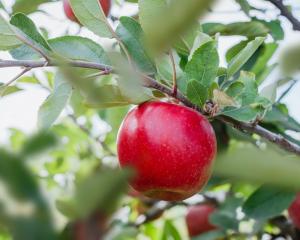
He thinks the night skies above Mt Somers and the Ashburton lakes area are so special they need to be protected from human light pollution and could one day become a Dark Sky Reserve.
He has asked the Ashburton District Council to do a dark sky quality survey a meter that costs $US120.
He is even prepared to do the work for council.
It would involve taking readings on clear nights to set a base line for light pollution.
Council could also help out with outdoor lighting policies at Mt Somers and the surrounding lakes area that would contain light pollution, similar to what happens at Tekapo, where the night sky is a big tourist attraction.
Jono said the night skies on the Mid Canterbury foothills were special.
He had spent his life tramping and skiing in the Southern Alps, and at sea, but never seen sky like he used to see on the farm has a kid.
“It’s not every night but on a particularly clear night it would be so three dimensional you felt vertigo looking up at it.”
He has guided people over the years who have grown up in a city and never seen a star.
Astronomers from all over Canterbury also regularly head to the foothills for stargazing.
“At the very minimum, it should be on council’s radar to have a responsibility to protect the amenity there.”
A dark sky survey has the support of Mt Somers people, who say their town is the gateway to the unique Ashburton lakes area.
The area could offer excellent stargazing without a big price tag.
Council chief executive Hamish Riach said staff would prepare a report on what was involved in becoming a dark sky reserve.
“We need a more overall think about what is a great idea and if Mt Somers is up for it we may well be able to assist.”
Cr Angus McKay said council should be involved.
“Mt Somers is unique. They are the gateway to the Ashburton Gorge. We should help them sell that.”
Mt Somers people are also asking for $40,000 to put towards an information station in the village.
The structure would feature 24 boards and be an educational area, covering the local flora and fauna and the development of the whole area.














